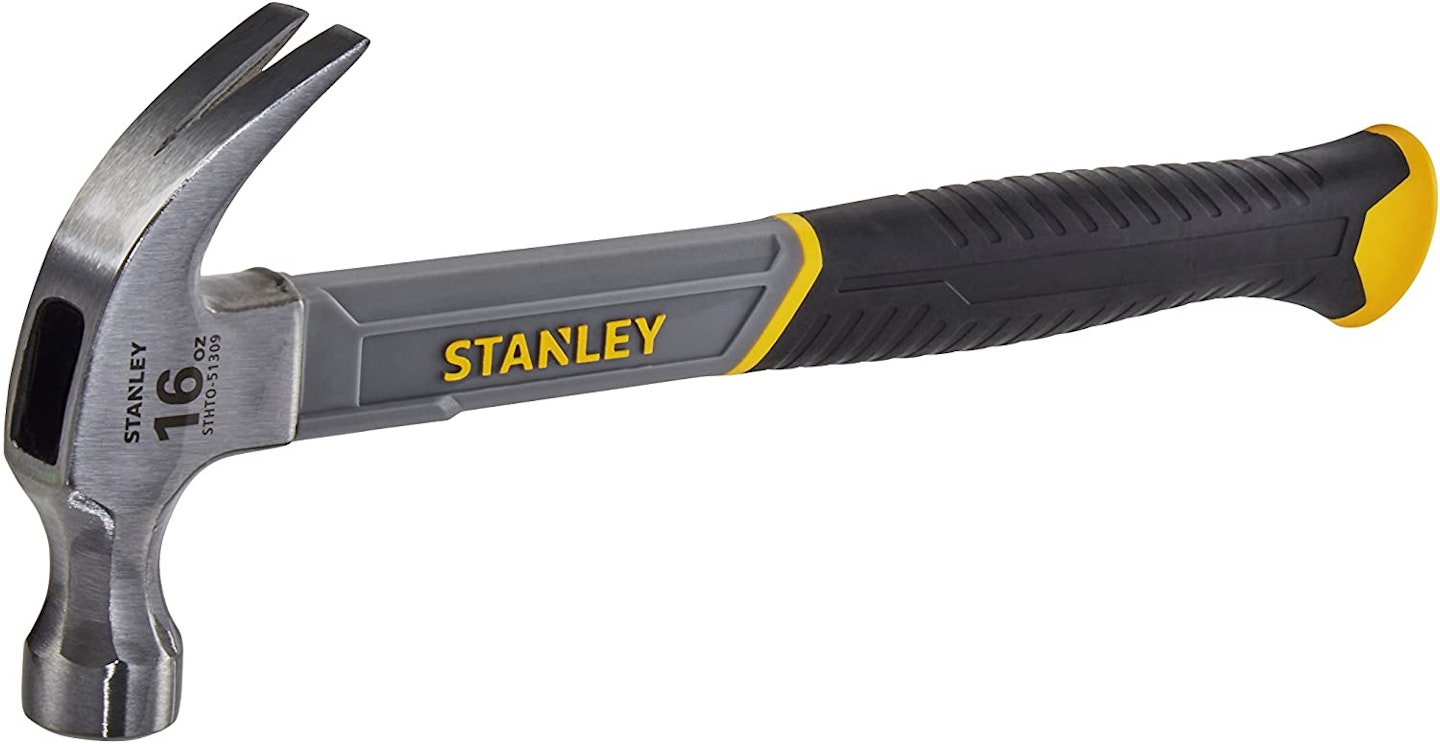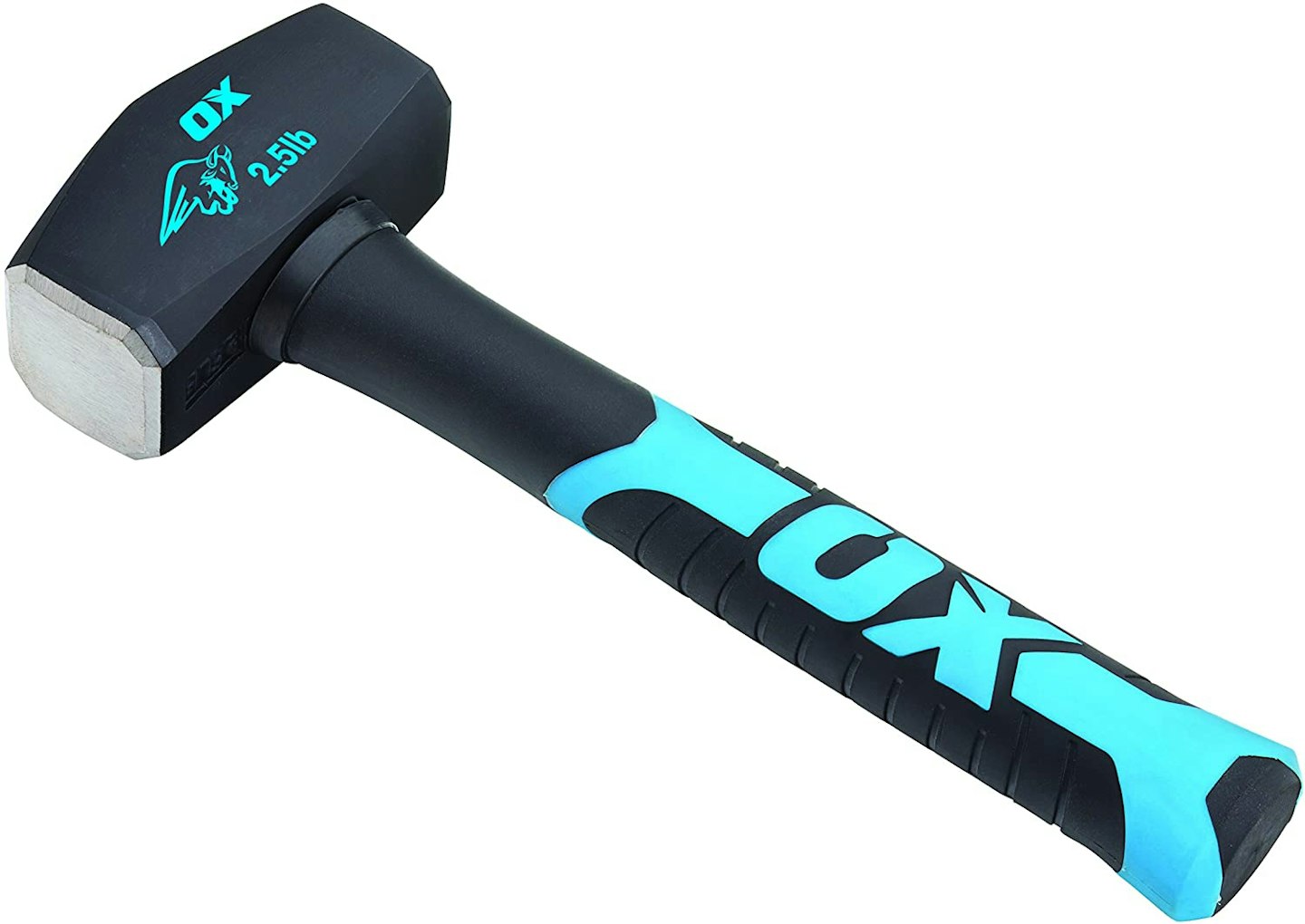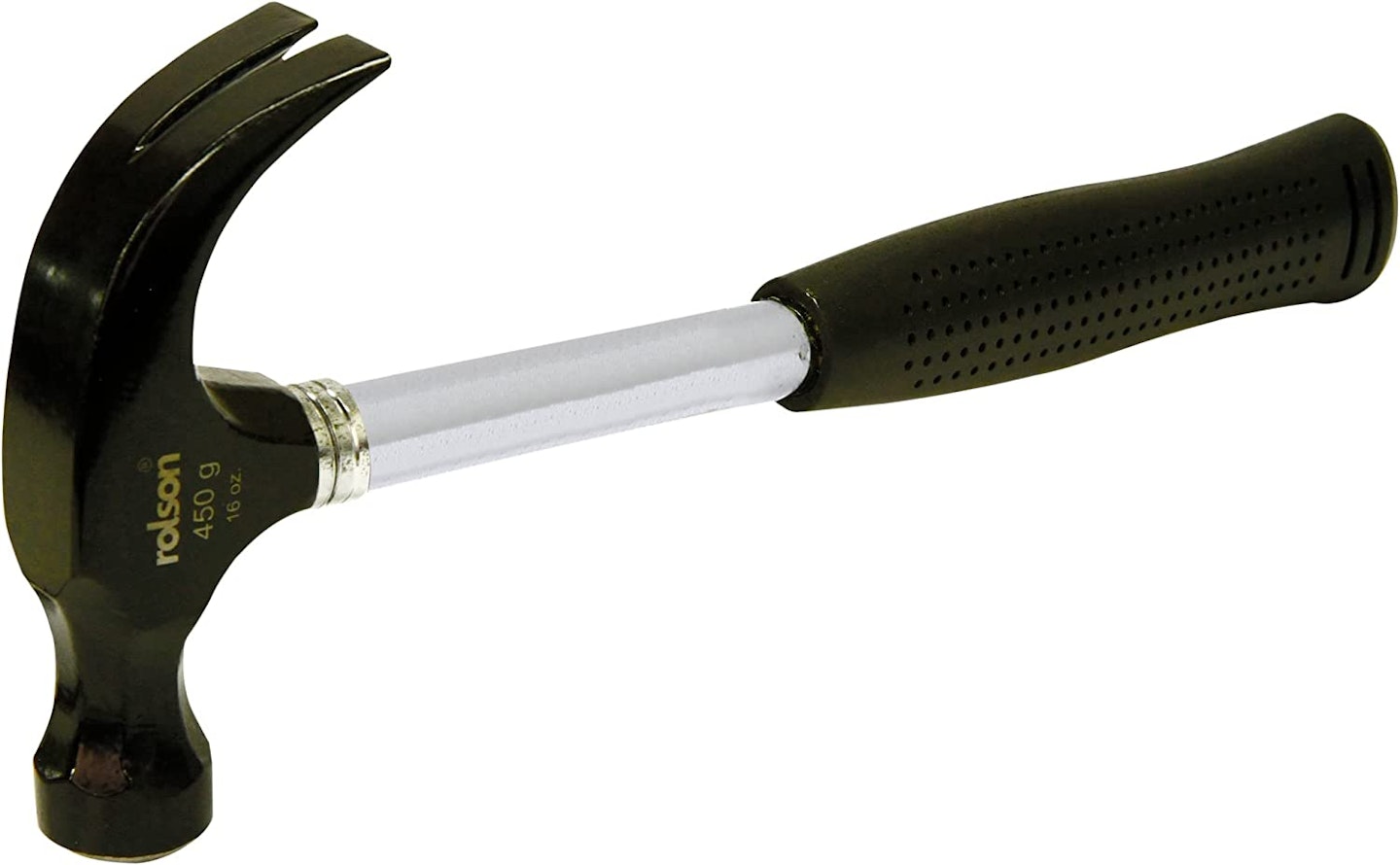Hammers have so many uses, from framing and putting together furniture, to removing nails and even bending and shaping metal. It can be tricky to know which type of hammer to use for which job, as there are so many different types, but don't worry. Take a look at our list below to find the perfect hammer for your next project.
Using the right hammer makes garden DIY easier, more enjoyable, and ultimately much safer. An essential piece of kit for DIY in the garden and home is the claw hammer; with its elongated handle and a weighted head, it has a face for striking and driving in nails, and a claw for removing nails and prying apart boards.
The best hammers at a glance:
Best for comfort: STANLEY Fiberglass Curved Claw Hammer - view offer on Amazon UK
Best for breaking things: OX OX Club Hammer - view offer on Amazon UK
Best for durability: Estwing Ripping Hammer - view offer on Amazon UK
Best for a budget: Rolson Claw Hammer - view offer on Amazon UK
Claw hammers come in many weights and with a whole host of different featuress, and not every single claw hammer can comfortably do each DIY hammering task. Therefore, it’s important to get the correct one for your DIY requirements.
Whether you tackle heavy-duty projects inside and outside of the home or just about manage to hang a picture frame, a hammer is a tool that nearly every homeowner needs. From stubby claws to iron-forged hammers, this tool comes in a variety of designs and serves many needs.
Best for comfort

Coming from reliable brand STANLEY, this claw hammer is perfect for both driving and extracting nails. The strong fibreglass shaft gives the hammer that extra strength and that extra durability. In fact, this hammer also has added protection and durability within the key vulnerable area of the shaft. What does this mean? This adds that extra protection from when a hammer is accidentally over-struck from the target area.
Our Thoughts: It's not too heavy and it has added gripping for maximum comfort, so your hands won't get tired. Don't be fooled by the weight though, as the shaft itself is pretty durable.
Pros
- Uses tough fibreglass
- Works on nails up to 75mm
Cons
- The face is a little soft
Best for breaking things

Built for light demolition work, you'll be knocking things down in no time with this 2.5lb piece. The steel head of the hammer has been heat treated and it is also forged from fine-grained high quality steel. The handle of this hammer is ergonomic and also non-slip, which gives you that comfortable grip and also avoids any slips.
Our Thoughts: The fibreglass handle will give you a lovely swing and the head is made of steel so it will knock down bricks and cement with ease. Plus, it's double-sided so you can use either end.
Pros
- Minimises vibrations with shock absorption
- Ergonomic design
Cons
- May look smaller than expected
Best for durability

The rip hammer is most often the choice for ripping apart wood that has been nailed together. You will find that this hammer has a set of straight claws on the back which makes it perfect for separating boards etc. during demolition projects or during framing projects.
Our Thoughts: Crafted out of American steel, it's most certainly built to last. The face is small but smooth and the long claws are perfectly shaped to hook onto the most wedged of nails.
Pros
- Highly polished
- Decent length
- Ergonomic design
Cons
- Heavy
Best for a budget

Rolson has absolutely nailed the design of this hammer, with its rubber grip and its polished head. This hammer is perfect for those speedy DIY tasks, this is a classic hammer for every homeowner to keep in that toolbox in their shed as a just-in-case.
Our Thoughts: We think that this is great for beginners, for those of you who may not use tools very often but want to complete the odd task around your home. It's not massive but it isn't diddy either.
Pros
- 16oz tubular steel
- Soft rubber grips for support
Cons
- Shaft to head ratio may be annoying
Best for regular usage

Ballistically balanced for maximum power, this hammer has maximum impact power - and has a 25% lightweight head for sniper controlled swinging. Furthermore, the shock-absorbing MOA handle gives much more accuracy and has fewer stitches.
Our Thoughts: Spec Ops hammer is excellent at providing precision, whether you're putting up a new shelf or taking apart an old desk. Just look at that shiny rip claw!
Pros
- Cleverly proportioned MOA grip
- Smooth metal for safety and accuracy
Cons
- Extremely heavy duty hammer
Is it safe to use a light hammer?
It really depends on the job. For example, if you are just taking out a couple of nails from a piece of wood, a lighter option isn't going to hurt as it won't tire out your hands, but if you're knocking something down or hammering into harder surfaces, please go with a heavier option as it can be dangerous otherwise!
What hammer do most carpenters use?
The claw hammer is the most common type of hammer that is used in carpentry, and this is due to the fact that it has a flat face that is perfect for driving nails into wood along with the curved claw on the opposite side which is perfect for the removal of nails. The claw hammer is extremely versatile and is suitable for a whole host of DIY tasks - especially those woodworking tasks.
What is the best hammer for vibration reduction?
The Anti-Vibe® 4 lb. blacksmith hammer is durable and comfortable. Its vibration dampening particulate in handles dampens vibrations better than solid core handles.
Does the size of a hammer matter?
So, regarding the leverage and also the striking force, the handle length is worth consideration. This is due to the fact that the longer that the handle is, then the more leverage that the user can exert on the fastener - whether you are removing a nail or whether you are driving a nail.
Caitlin Evans is a Content Optimisation Executive with a passion for finding the best products on the market. She specialises in identifying features that make a product stand out from the rest that will help people make informed buying decisions.
